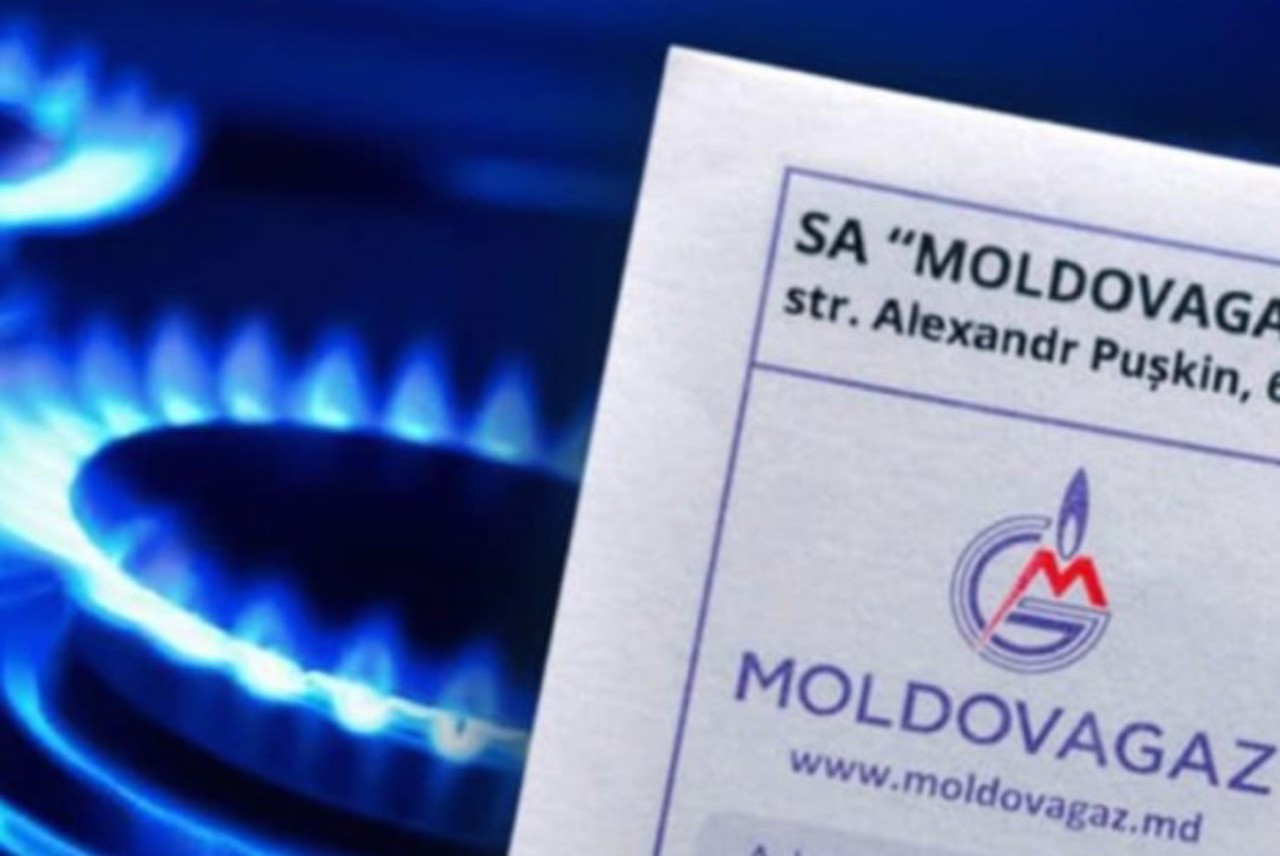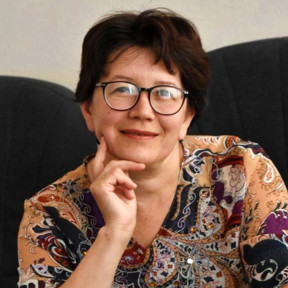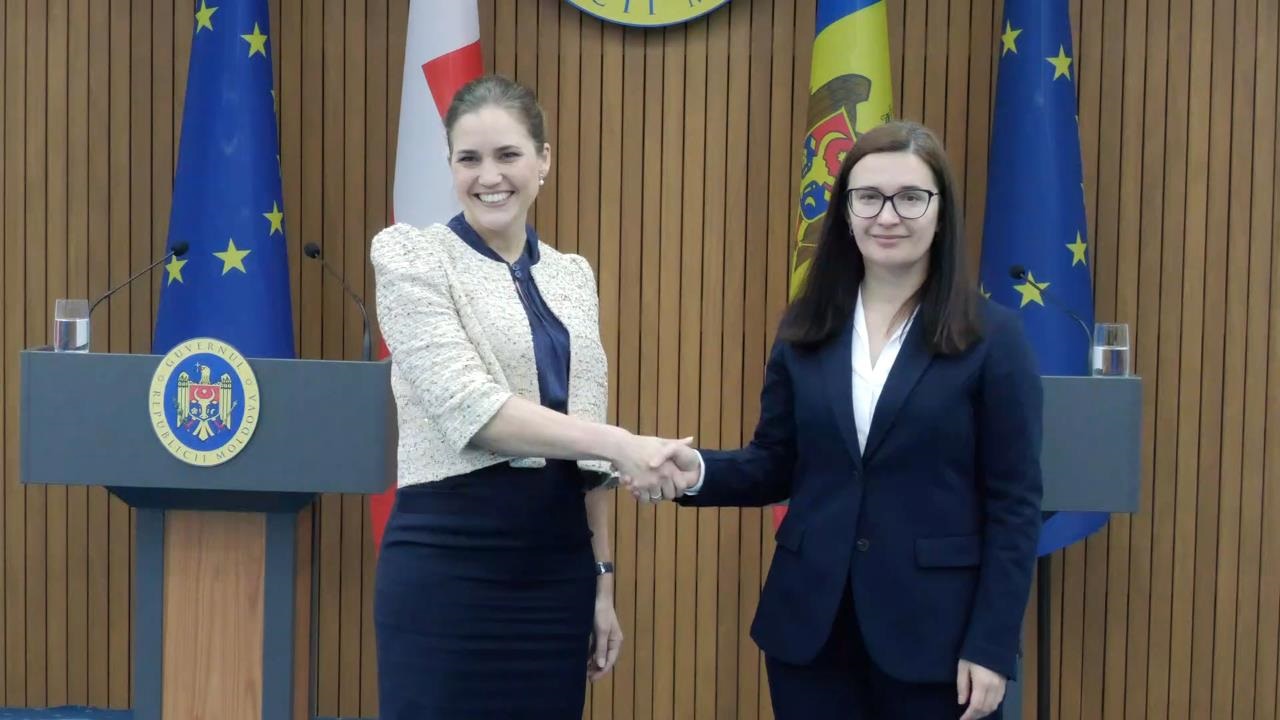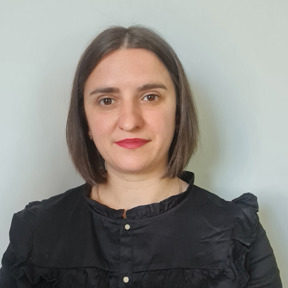Why You'll Ditch Your Car After Seeing Estonia's Buses
Public transport and its associated infrastructure are an essential part of our daily routines. Estonia has several positive practices in the field of public transport and infrastructure that can be relatively easily adopted by the Republic of Moldova.
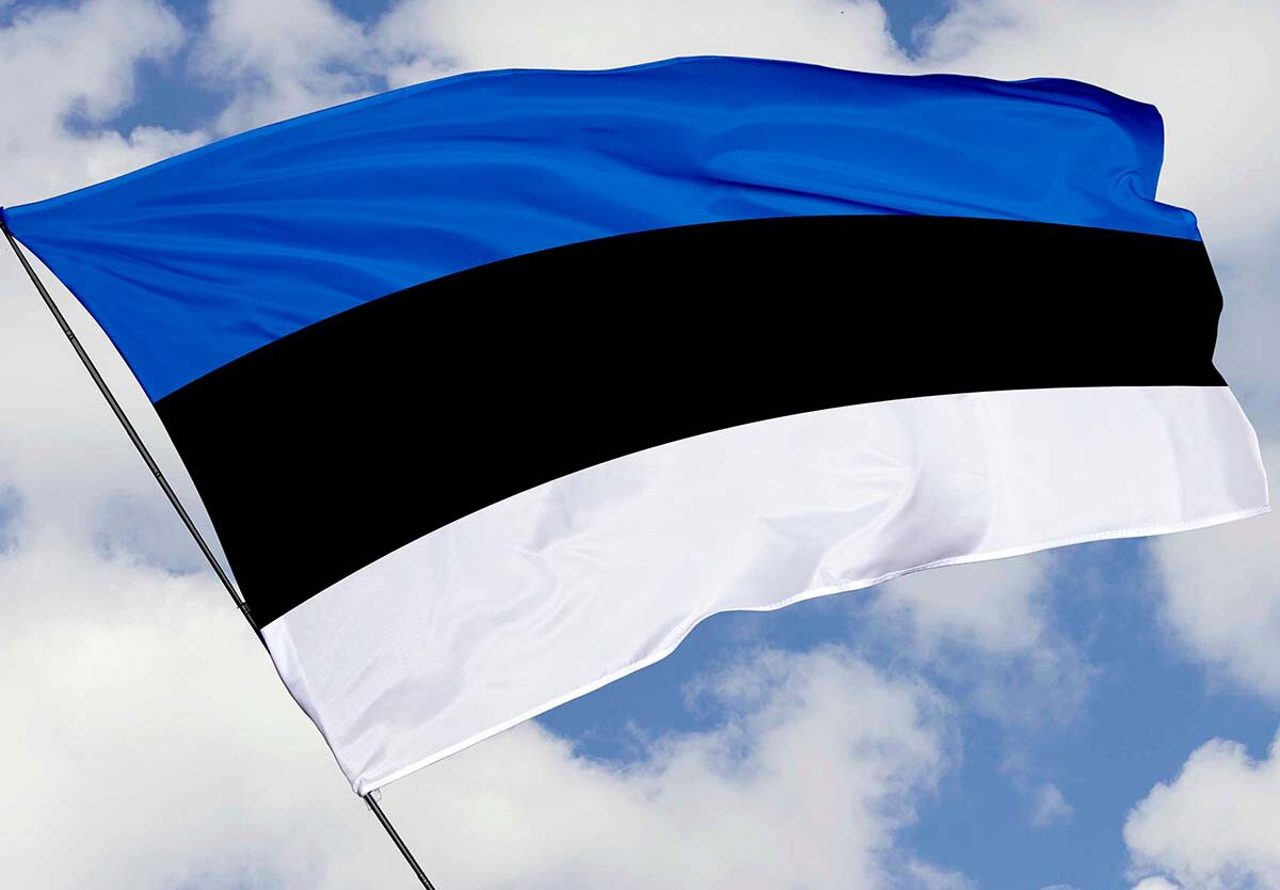
Reliability and Convenience
The quality of public transport influences the decision to choose the bus or trolleybus instead of the personal car, which can be a costly and sometimes unavailable option for certain groups of people. For these categories, public transport is the only viable option.
I'll illustrate this with a personal example. Living on the outskirts of the city, I prefer to use public transport when I need to travel to the centre of the Estonian capital.
Firstly, the bus schedule is extremely punctual, with very few or no delays. In addition, most citizens use an online application that provides real-time information about the arrival of the next vehicle at the station. Each vehicle is equipped with geolocation devices. This functionality saves a lot of time, because I know exactly that I have only 2 minutes to get to the station and that I will arrive just in time for the next bus.
This aspect is especially important for children, who can plan their journey to or from school more efficiently, without having to wait for a long time at bus stops in the rain or cold. In fact, it is quite common for children from the first grade to go to and from school alone using public transport, and my child does the same.
The same application allows me to plan complex journeys with multiple routes in real time, or to purchase various types of travel tickets.
Modern Ticketing System
As for travel tickets, they are no longer issued in paper form, but are integrated into a travel validation card or in electronic format. When boarding the bus, it is necessary to validate the journey with a contactless card, which also serves as proof of the right to travel. If you do not have such a card, the validator near the driver's door also allows online payment.
Tickets can no longer be purchased from the driver, so they can focus on road safety and passenger comfort. The procedure for checking the validity of travel tickets is quick: controllers can stop the vehicle at larger stations, block the validators and check the cards electronically.
Park and Ride
For drivers living outside the city, there are free specialised parking lots near major public transport stations. Parking their vehicles allows them to continue the journey by public transport, free of charge, thus helping to reduce traffic congestion in the city centre.
Paid Parking in the City Center
As for parking, it is important to note that it is not free in the central areas of the city. It is obvious to me that as long as parking in central Chisinau remains free, we cannot expect the traffic situation to improve. However, some car parks offer a limited period of free parking (near shops, for example), but it is necessary to mark the exact time. This is indicated on special clocks located in each vehicle in Estonia.
Interurban Transport
Interurban transport is just as well organised, and journeys can be planned using the same application that interconnects all available transport services (trains, private or municipal transport, etc.).
Dedicated Public Transport Lanes
Dedicated public transport lanes are ubiquitous, so during rush hour I get to the city centre faster by bus than by car.
All these aspects, together with the high prices for parking in the city, the safety and high quality of the means of transport, make the use of public transport a natural choice. These practices are simple and easy to implement, including in the Republic of Moldova.
Translation by Iurie Tataru
